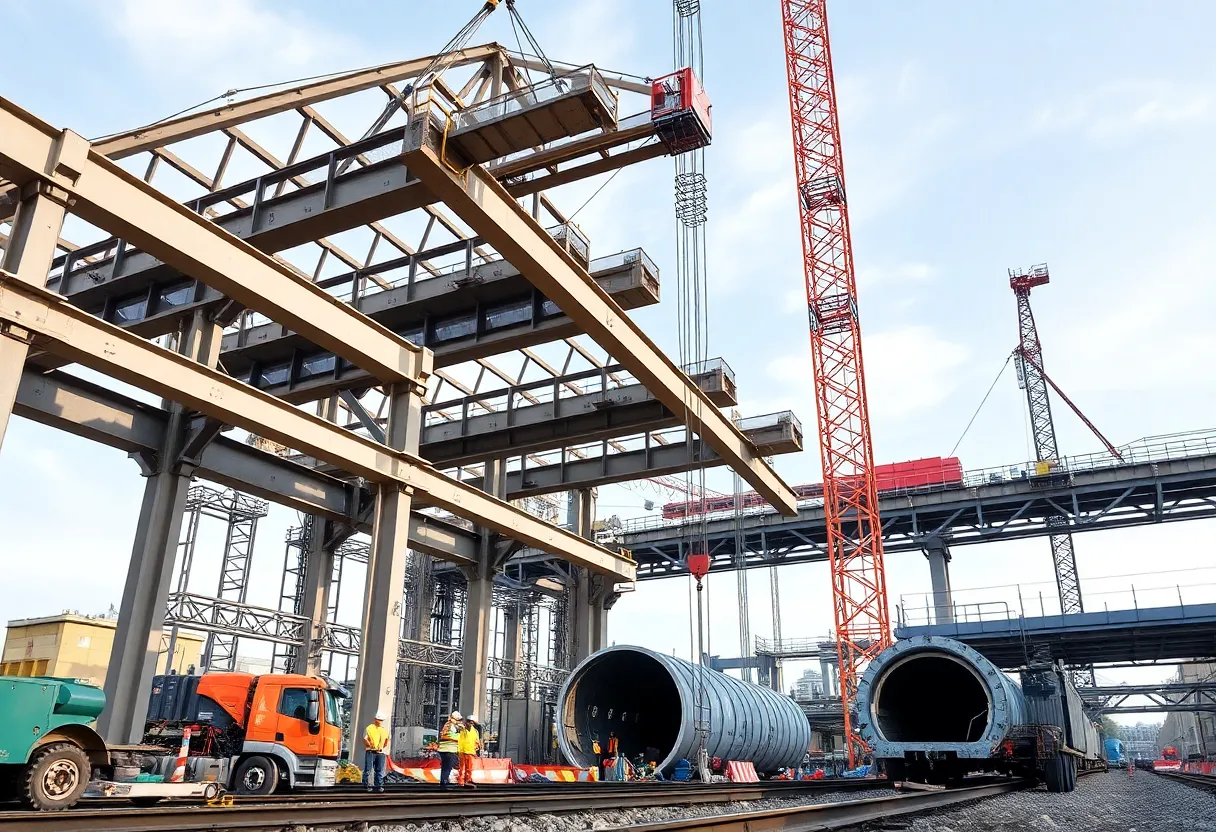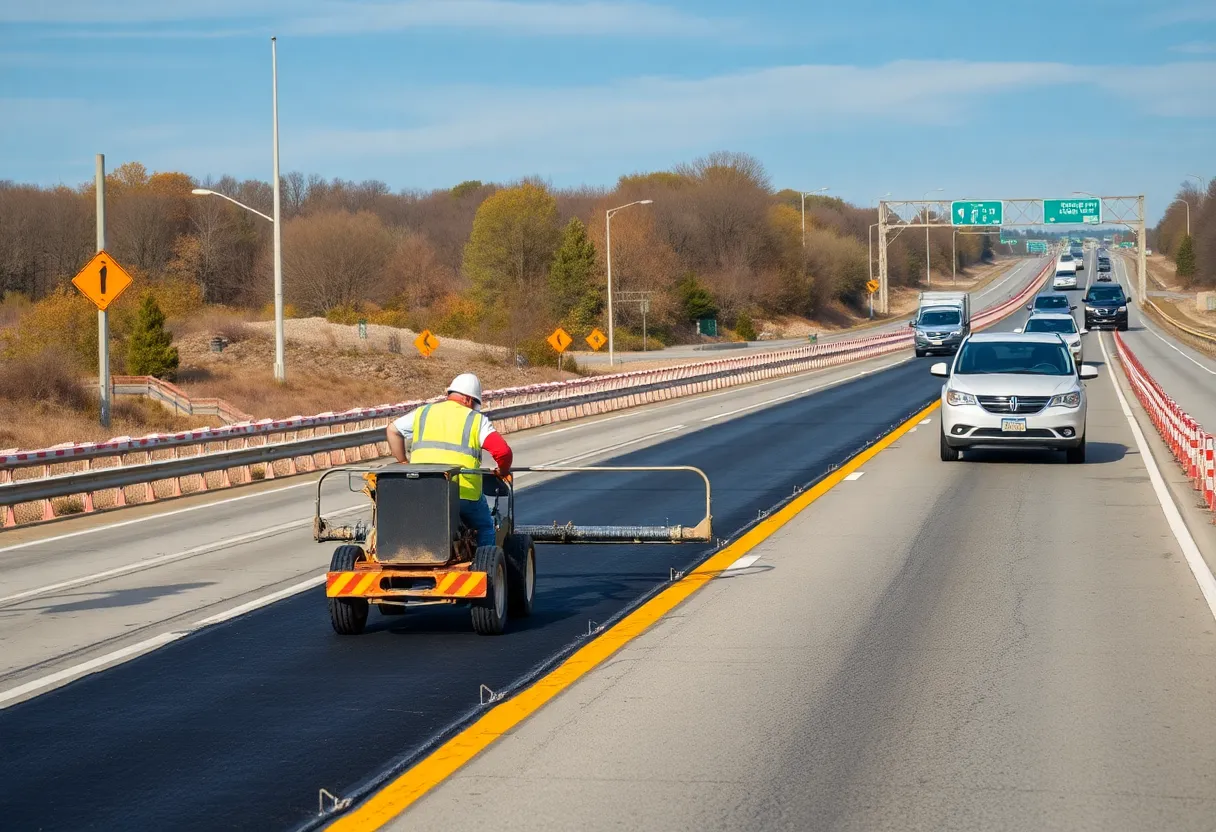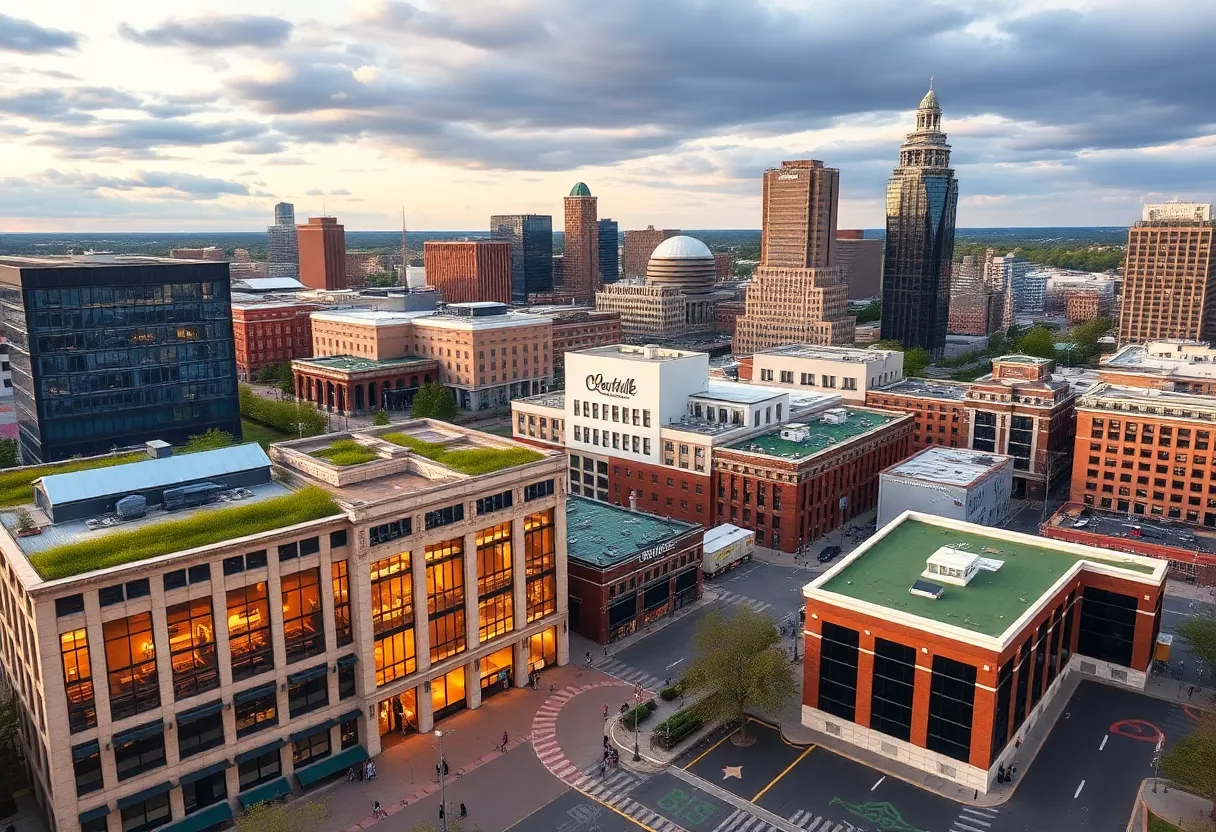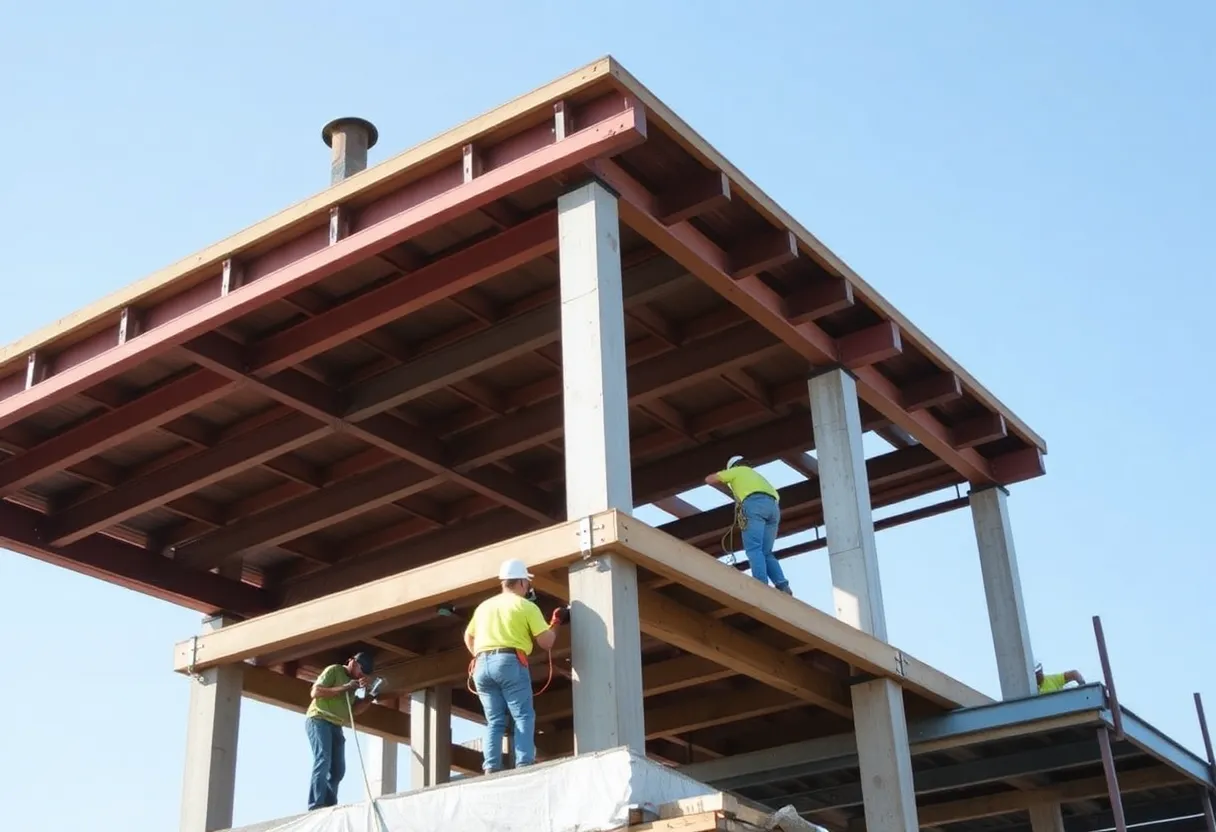News Summary
The Brightline West rail extension project in Miami has encountered a 35% increase in costs, bringing the total budget to $128 billion. This surge, driven by inflation, has not halted construction, which includes ongoing steel fabrication and tunneling. With a target completion date by 2028, the project aims to connect Miami to Las Vegas, enhancing transportation and reducing travel times in the Southeast.
Miami: Brightline West Rail Extension Faces Major Cost Increase Amid Ongoing Construction
Miami’s Brightline West rail extension project, which aims to connect to Las Vegas, has encountered a significant 35% cost increase, raising the total budget to $128 billion due to inflation. Despite this financial challenge, construction activities are proceeding without interruption, with steel fabrication and tunneling efforts advancing steadily. This development highlights the project’s resilience and commitment to improving transportation in the region by 2028.
Key Project Updates
The cost escalation stems from rising material and labor expenses driven by inflation, yet officials confirm that the project remains on track. Steel fabrication, a critical component for the rail infrastructure, is progressing at a steady pace, while tunneling operations continue to lay the groundwork for the high-speed rail line. These efforts are expected to enhance connectivity and reduce travel times, promising faster transit options in the Southeast.
Supporting the project’s momentum, recent advancements include ongoing site preparations and structural work. The Brightline West initiative focuses on modern rail technology to deliver efficient travel, addressing growing demands for sustainable transportation solutions. With inflation impacting many large-scale infrastructure projects, this adjustment underscores the economic pressures facing the construction sector.
Background and Implications
The Brightline West rail extension is part of a broader effort to expand high-speed rail networks, initially planned to link key regions and boost economic activity. Originating from Miami, the project aims to connect to Las Vegas, facilitating quicker and more reliable travel across vast distances. This extension builds on existing rail systems and is designed to alleviate congestion on highways while promoting environmental benefits through reduced emissions.
Construction began several years ago, with initial estimates accounting for standard economic conditions. However, unforeseen inflationary pressures have led to the revised $128 billion budget. Despite these hurdles, the project promises to deliver faster transit in the Southeast by 2028, potentially transforming regional mobility. This development aligns with national trends in infrastructure investment, where similar projects face cost fluctuations due to global economic factors.
The ongoing work involves specialized techniques in steel fabrication to ensure durability and safety, alongside tunneling to navigate challenging terrains. These elements are vital for the project’s success, as they directly impact the rail’s speed and efficiency. By maintaining progress, stakeholders are working to meet the 2028 timeline, which could set a precedent for future transportation initiatives in the area.
In summary, while the 35% cost hike to $128 billion presents a notable obstacle, the continued advancement of steel fabrication and tunneling efforts demonstrates determination to complete the Brightline West rail extension. This project not only addresses immediate transportation needs but also contributes to long-term sustainability in the Southeast.
(Word count: 512)
FAQ Section
Frequently Asked Questions
Below are answers to common questions about the Brightline West rail extension project based on the latest updates.
- What is the current status of the Brightline West rail extension project? Construction is pressing on, with steel fabrication and tunneling efforts continuing apace.
- How much has the cost of the Brightline West rail extension increased? The project saw a 35% cost hike to $128 billion due to inflation.
- What is the reason for the cost increase in the Brightline West rail extension? The cost hike to $128 billion is due to inflation.
- When is the Brightline West rail extension expected to be completed? The project is promising faster transit in the Southeast by 2028.
- What specific construction activities are ongoing for the Brightline West rail extension? Steel fabrication and tunneling efforts are continuing apace.
Key Features Chart
| Feature | Description |
|---|---|
| Project Name | Brightline West rail extension |
| Cost Increase | 35% hike to $128 billion due to inflation |
| Ongoing Activities | Steel fabrication and tunneling efforts |
| Expected Benefits | Faster transit in the Southeast |
| Completion Timeline | By 2028 |
Deeper Dive: News & Info About This Topic
Construction FL Resources
AI strides into construction amid rapid growth and skills shortfalls
Author: Construction FL News
The FLORIDA STAFF WRITER represents the experienced team at constructionflnews.com, your go-to source for actionable local news and information in Florida and beyond. Specializing in "news you can use," we cover essential topics like product reviews for personal and business needs, local business directories, politics, real estate trends, neighborhood insights, and state news affecting the area—with deep expertise drawn from years of dedicated reporting and strong community input, including local press releases and business updates. We deliver top reporting on high-value events such as the Florida Build Expo, major infrastructure projects, and advancements in construction technology showcases. Our coverage extends to key organizations like the Associated Builders and Contractors of Florida and the Florida Home Builders Association, plus leading businesses in construction and legal services that power the local economy such as CMiC Global and Shutts & Bowen LLP. As part of the broader network, including constructioncanews.com, constructionnynews.com, and constructiontxnews.com, we provide comprehensive, credible insights into the dynamic construction landscape across multiple states.





